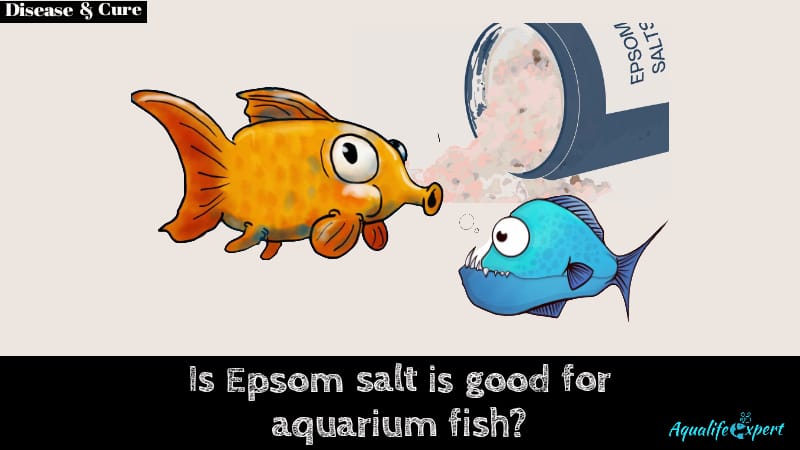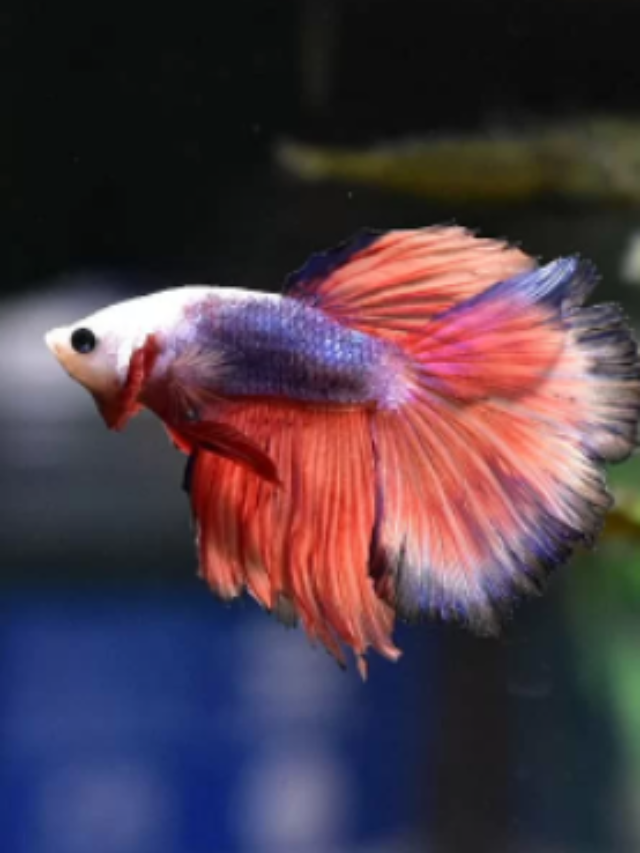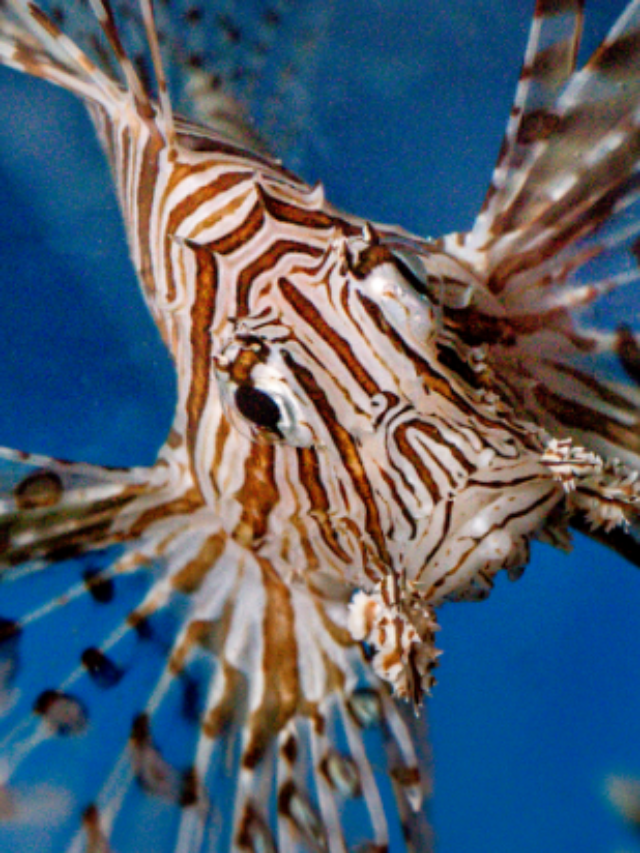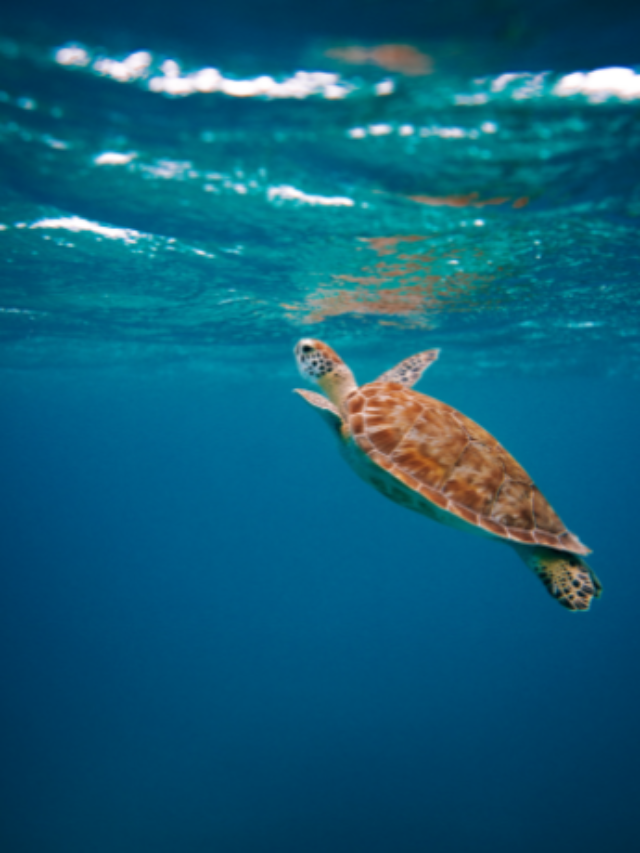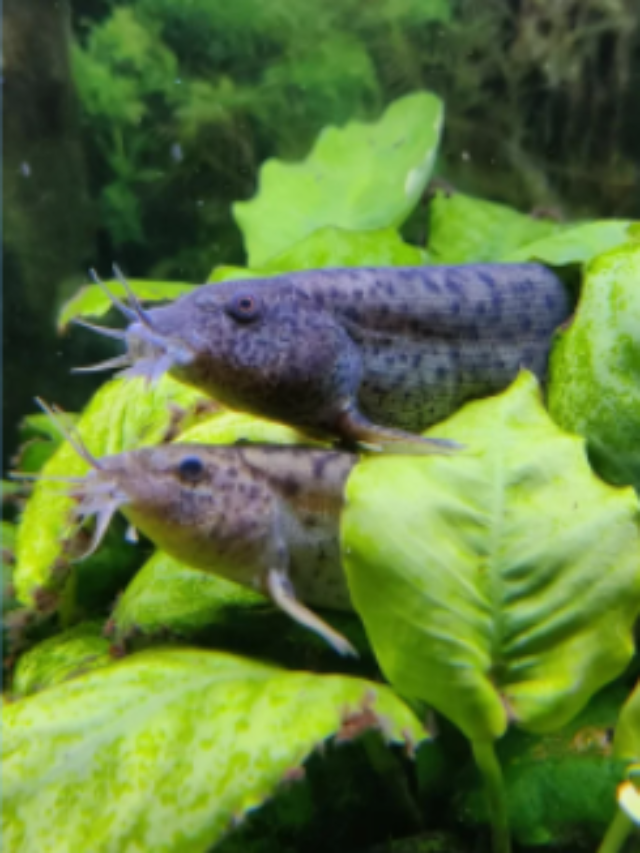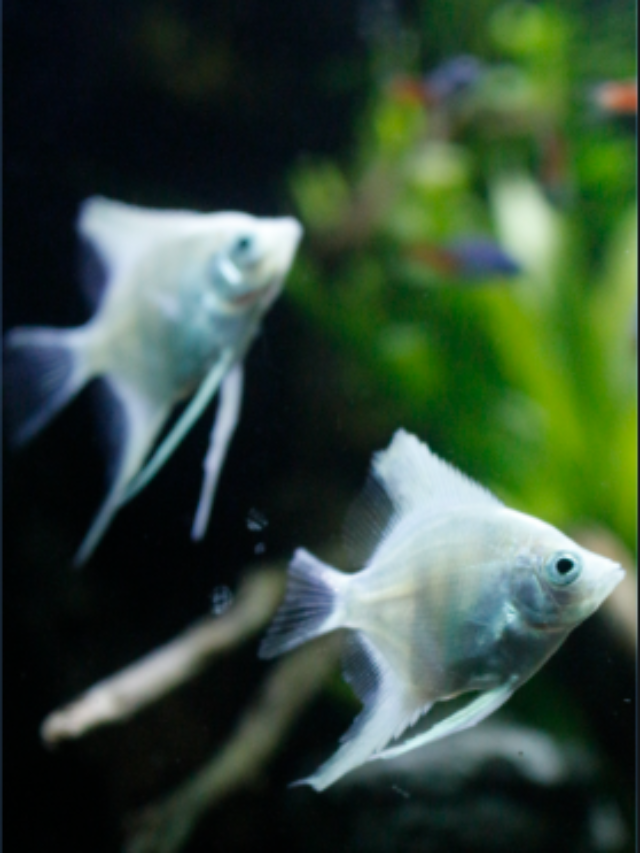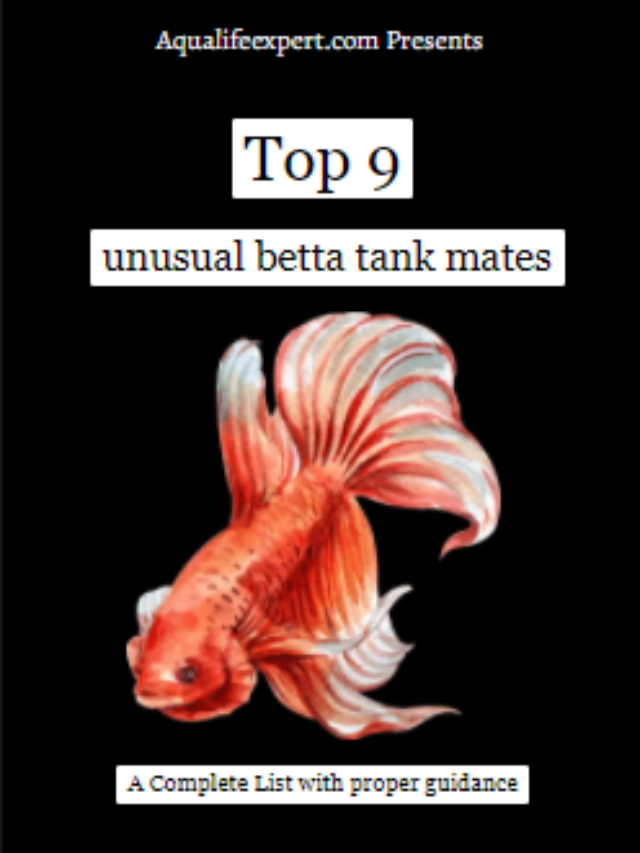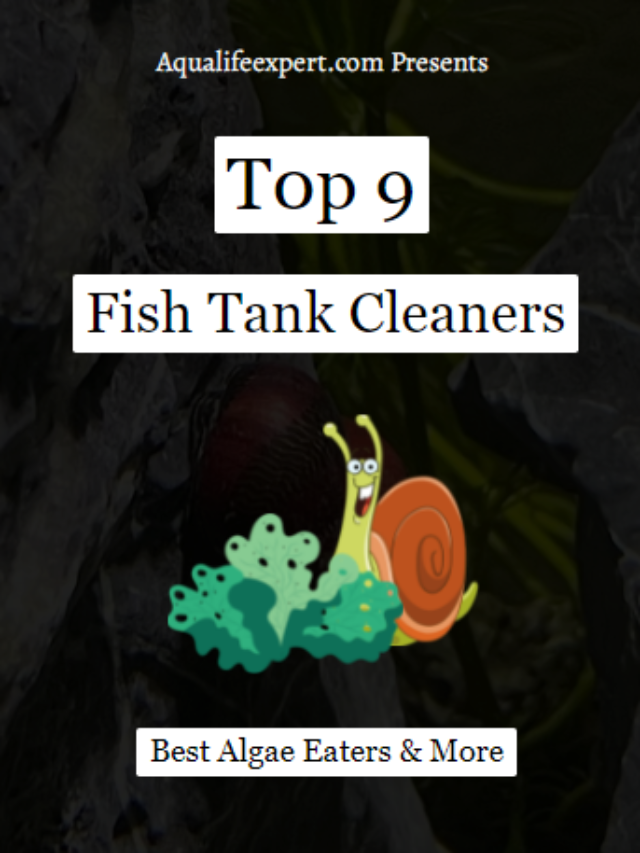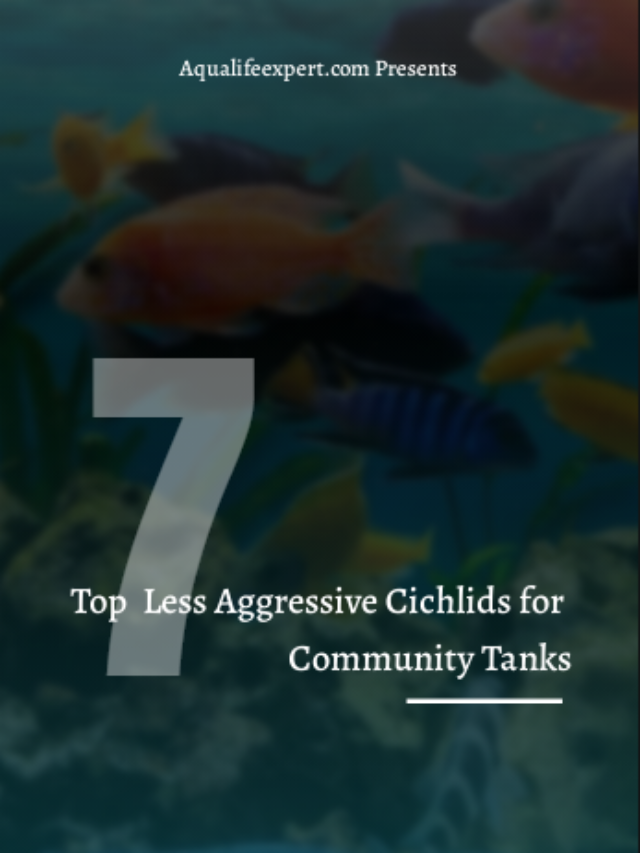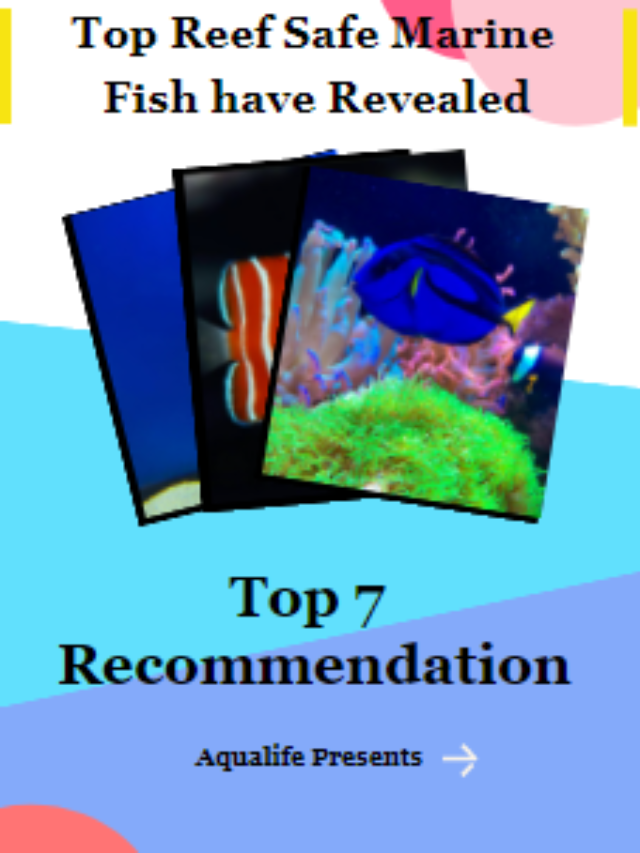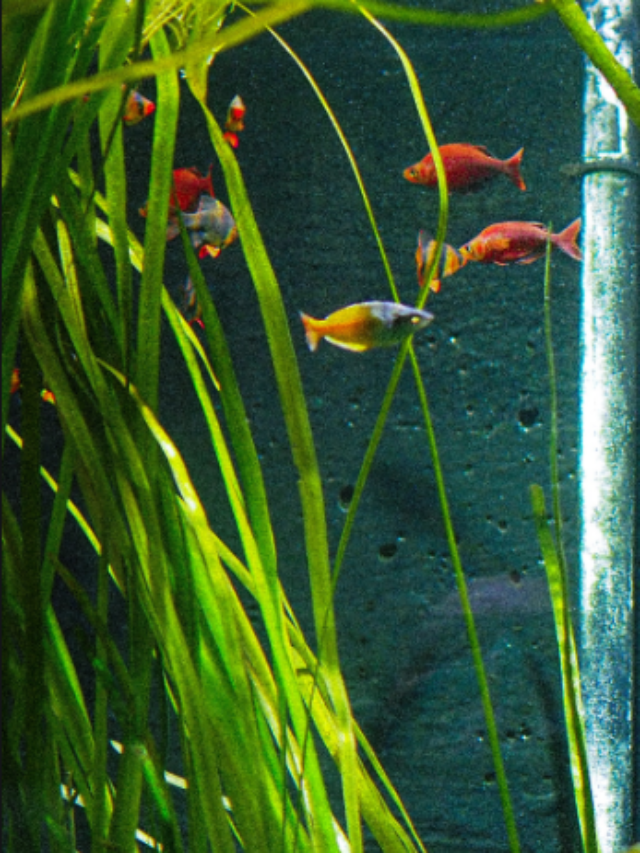Is EPSOM Salt Good For Aquarium? BEST Medication For Fish
Check Our Quick Stories
People consider sodium chloride (NaCl) as salt. But there are other types of salt too. Epsom salt is one of these salts. Epsom salt is nothing but a salt that contains magnesium and sulfate. This salt does not contain sodium. The main advantages of this salt are it is used as medicine for aquarium fishes.
Epsom salt is very good for an aquarium. The constipation of fish happens frequently by parasites. This salt helps fish to be healthy by clearing the constipation problem. This salt is used as a body relaxant for fish. Not only that, but this Epsom salt helps to cure dropsy and swim bladder. This helps to adjust the pH and hardness of the tank also.
These are some basic usage that I have described briefly. But there is more information about the usage of Epsom salt in the aquarium. Let’s know that information
Epsom salt is used as a medicine for dropsy of fish
What is dropsy and why does this happen?
Dropsy is not a disease for a fish. This is a symptom of an internal disease. Mainly this happens due to excessive stress on fish or bacterial infections. Bacteria named Aeromonas attack those fishes that have stressed already. Fishes that have poor kidneys can be affected by these bacteria too. Dropsy is not contagious but this shows that the fish is not healthy and well.
Symptoms of dropsy
Because of the dropsy, the whole body of the fish swells with scales. The fish loses its appetite and becomes so lethargic. This stays under the tank and doesn’t swim. During this time the quantity of fish waste becomes very little. The color of fish waste becomes white. Some fishes have swell and budge eyes.
Dosage
Epsom salt works as a relaxant for fish. This helps to cure bacterial infections in the body. If you use ⅛ tablespoon of Epsom salt for every 5 gallons of water then it will be better for fish. Don’t use this salt for the whole tank to cure one fish.
If a fish is affected by dropsy then you should shift it into an isolation tank immediately because if you keep that sick fish then other fish will be infected too. In the isolation tank, you can add Epsom salts to cure that fish.
Epsom salt is used as a medicine for the constipation of fish
Constipation is a problem that can happen to any of your fish. At this point, you can use Epsom salt to cure this problem.
What is a constipation problem and why does this happen?
When fishes do not leave waste after eating then it is called constipation for fishes. This is the same problem as humans.
This constipation problem occurs due to a lack of fiber in fish food. Not only that, but overfeeding or wrong nutritional diet can bring this constipation problem for fishes. Goldfish and betta fishes often suffer from constipation.
When fish can’t get sufficient fiber then the right amount of fish waste does not come out and fish lose their appetite.
Symptoms of constipation of fish
One of the main symptoms of the constipation of fish is loss of appetite. At that time fish don’t eat much and become very inactive. Fishes become so lethargic. This increases stress on fish. So if you see these symptoms then immediately take action with Epsom salt.
Here I have attached our Youtube Short video about the symptoms of constipation in fish. Take a quick look.
Dosage
To solve the constipation problem of fish you have to give them a ‘salt dip’. The salt dip is such a process through which fish’s constipation problem gets solved.
To start the salt dip method you need to make a solution of Epsom salt in a different pot. 1 tablespoon of Epsom salt is required for 2 gallons of water to make the solution. Then acclimate the sick fish for 2-3 minutes to tank the solution to that pot. After 8-10 minutes you can take that fish out and acclimate into the parent aquarium.
This short video is about solutions to constipation in fish. Take a quick look.
To get notified of these types of videos check our Youtube Channel and subscribe to us.
Read Here:- How to acclimate fish from one tank to another
Epsom salt is used as a medicine for the swim bladder of fish
What is a swim bladder and why does this happen?
The swim bladder itself is not a disease. This is an organ where gas is filled. Due to this organ fishes can maintain their buoyancy in the water. Now when this organ is filled with excessive gas then it becomes fatter and fish can’t swim upside down properly. At that time they failed to maintain buoyancy in the water. This disease creates stress in fish and they don’t eat just because of it.
This happens due to the constipation problems of fish. If fish eat food excessively that doesn’t contain fiber then fish face the issue of constipation. Due to low water temperature, the digestive system of fish doesn’t work well and that is why fishes face constipation-related problems. Not only for constipation, but swim bladder disease may happen for gulping too much air and infection also.
Symptoms of swim bladder disease of fish
One of the top symptoms of swim bladder disease is fishes can’t maintain their normal position while swimming. That means a fish may sink at the bottom of the tank or may come to the top of the tank. It may float by an upside-down position. Its belly may become fatter and its back may become curved. But you can’t see all of these symptoms for one fish. These symptoms may vary from fish to fish.
Dosage
During this time you first need to provide nutritious food that contains fiber. But there is less chance to eat those foods if it is facing severe swim bladder disease. To take care of the sick fish you need to put ⅛ tablespoon of Epsom salt per gallon of water. You don’t need to keep the sick fish in an isolation tank. You can put this salt in the parent tank. But make sure on that day you should not give any food to the fish.
Epsom salt is used as a medicine for the black peppering disease of fish
What is black peppering disease and why does this happen?
Black peppering is such a disease that occurs on sensitive fishes like a discus. Discus is one of the most sophisticated fish. Due to the dark background of the aquarium or the parasite infection, the body discus fish turns into black color. People keep discus fish due to its color variation. Now if it turns a black color that means the discus fish is in danger.
Symptoms of constipation of fish
During this time sick fish do not eat anything. They only stay at a side of the aquarium. The body color becomes faded away and dark and black color appears here and there on the body of the fish. If this continues for a few days then the fish will definitely die.
Dosage
To cure this fish you have to shift the fish to an isolation tank immediately. You have to provide a ‘salt bath’ to this sick fish. In this case, you should provide 1 tablespoon of Epsom salt per 1 gallon of water. You should keep this fish for 1 day. After that, you have to acclimate this fish to its parent tank again. 1 day later do the same process again. This process should continue 5 times. During this process, if you see that your fish is not improving then you can use metronidazole 400.
Here is the article on how you can use this medicine to get rid of this disease. Read here
Aquarium salt vs. Epsom salt
Aquarium salt is mainly used to heal injury whereas Epsom salt is used to eliminate the constipation problem of fish. Aquarium salt works well to reduce the nitrate level, improve the slime coat of fish, and to improve the function of the gill. But Epsom salt works well to cure the internal diseases (dropsy, constipation, swim bladder) of fish.
Aquarium salt is general food salt. Sodium and chlorine are the main two components of aquarium salt. Epsom salt does not have sodium. It contains magnesium and sulfate.
An aquarist does not use these salts if he/she has confusion regarding the disease of fish. The wrong usage of any salt may lead to worse conditions. There are thousands of reasons for fish’s appetite problem. So without a surety aquarists should not use salts to cure it.
But Epsom salt is not harmful to aquarium fish. You can use this salt for the prevention of diseases. You can put ⅛ tablespoon of Epsom salt per gallon of water into the parent aquarium. This will maintain the digestive system of fish. But make sure that you do not provide any food on that day when you put Epsom salt in the aquarium.
Read Here:- Sterilization of aquarium after fish’s death: A VETERINARY guide
Conclusion
Fishes will be healthy if the water parameters are okay and the foods are nutritious. The chances of becoming sick will decrease by 80% if you keep an eye on these two factors.
But still, fish may fall ill. At that time Epsom salt can be used as a medicine for fish. This is used as a muscle relaxant for fish. This helps to cure various internal diseases. This article has discussed these issues comprehensively. So, if you want to know these then read thoroughly this article and apply it to your fish.
So best of luck & happy fishkeeping 🐟

